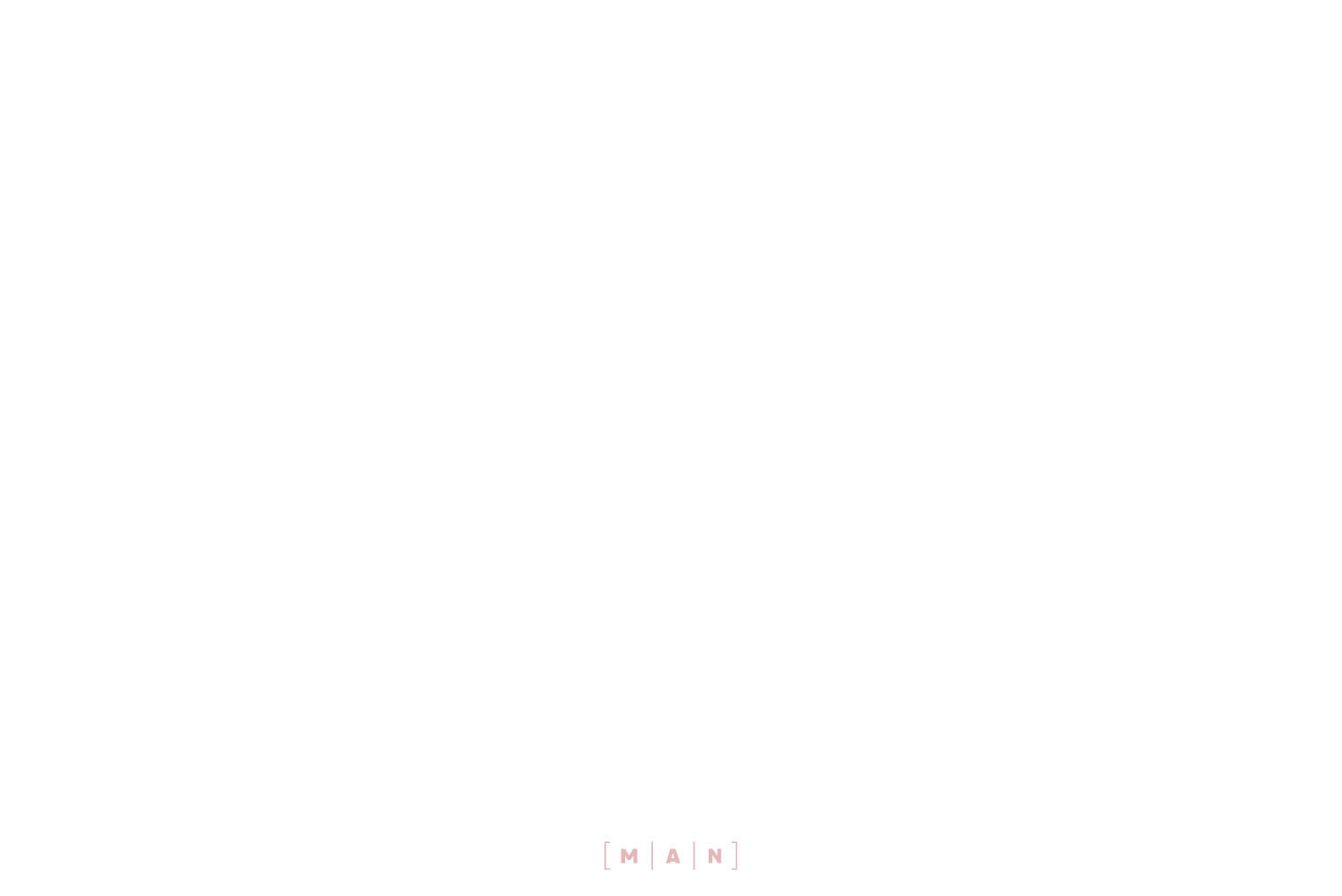The work’s important entry into the collection Mother sewing by Mario Sironi, 1905-1906, the result of a recent purchase by the MAN museum from a private collection in Milan, represents the opportunity for a presentation to the public of the latest acquisitions received in the form of purchase, loan or donation. The exhibition aligns the works within a path that presents, for each of them, a historical and thematic analysis, a narrative that places them in the background of the permanent collection, explaining their value and role within the identity of the collection itself .
The work of Sironi (1885-1961), in particular, is accompanied by a critical insight by Elena Pontiggia , the greatest Italian expert on the master, collected in the pages of a small dossier publication intended to inaugurate the museum’s new editorial series, The MAN notebooks .
«Sironi is not looking for an intimate scene – writes Pontiggia – indeed he could have signed Munch’s Saint Cloud Manifesto (1899), which proclaimed: “We will no longer paint interiors […], women knitting”. Of course, his is an interior, but what interests him is the volumetric construction: the solid female figure, the chair firmly planted on the floor, the blocks of color of the table and furniture. If anything, you can sense a thread of melancholy in the loneliness of the mother, all alone in the silence of the house. However, the scene also communicates his sense of dignity and almost his intimate approval for the duty accomplished: that interior approval which, as Thomas Mann makes Johann Buddenbrook say, “is the most certain happiness that can be achieved on earth”.
The mother who sews it has had relatively recent critical success because Sironi, due to his subsequent rejection of divisionism (shared by many critics in the years between the two wars), never exhibited it in his lifetime. We find her for the first time in an exhibition only in 1969, eight years after her death. The first to talk about it, however, was Costantini, a friend of his youth and then a relative of the artist because he had married his sister Marta. In his Contemporary Italian Painting, published in 1934, the critic expressly recalls the Mother who sews “among the works of intense colour”. The adjective may surprise, because the set of greens and blues in the painting can be defined as “intense” for its refinement, but certainly not for its brightness. Sironi does not adopt divisionism to accentuate the luminous effects of the composition, and does not exploit the contrast of complementaries. It is true, however, that compared to its dark palette of the 1920s, The Mother Who Sews stands out for a much more lively and naturalistic chromatic range.”
Among the other protagonists of the exhibition he then stands out Costantino Nivola (1911-1988), with a new work Times Square, dated 1946, which joins funds already held by the MAN and which arrives in the collection following a significant restoration (curated by Maria Albai) and which is now valued as a unicum in the master’s production, due to the monumental dimensions of the canvas and for the complexity of the New York subject, which aligns with his most famous production, with some variations worthy of investigation.
The presence, along the route, of a dialogue between Maria Lai (1919-2013) and Jorge Eielson (1924-2006), in view of a future exhibition that the MAN will dedicate next year to the fraternal relationship established over time between two great names of the second half of the twentieth century, formed during the time of the Peruvian artist’s stay in Sardinia. For the occasion, two sewn books by Maria Lai enter the collection, one distinct from her famous “geographies”, and a small breviary entitled Sono qui, loaned by the heirs. The Eielson archive instead provides a major node in the cycle Amazon , which refers to the archaic symbolism of the “quipu” in the Inca empire, the knot as a language, method of writing and accounting, for measuring time in calendars, drawing up censuses.
The result of recent exhibitions and recent donations, here are still works by Edina Altara (1898-1983), Vittorio Accornero (1896-1982), Salvatore Fancello (1916-1941) and Anna Marongiu (1907-1941), in addition to the splendid photographs dedicated to Sardinia by Lisetta Carmi (1924-2022), alongside leading contemporary figures such as Christian Niccoli (born 1976) with the video ZWEI (Due) produced within the framework of the Italian Council, and Paolo Cavinato (born 1975), fresh from the Sensorama exhibition where his surgical perspectives opened doors into a space that doesn’t exist.
A separate section, an exhibition within the exhibition, is reserved for the site-specific intervention of Giovanni Campus (born 1929), the great Sardinian artist, Milanese by adoption, who will unravel his Euclidean boxes made up of compositions evolving over time in the MAN rooms. Walking among its geometries, one perceives spaces inhabited by irregular graphs, analytical quadrants, Cartesian planes where lines and segments run parallel and intersect infinitely.
Campus orchestrates lines, rhythms, perimeters, edges, measurements, rules and exceptions to erect minimal fences, synthetic landscapes, a domain of signs that follow each other on the walls until they design three-dimensional places within which the spectator moves as in an abstract painting, in a liquid border between painting and architecture.
The “time” component is decisive and gives the title to the cycle of works Tempo in process. Since the Seventies, in the era of conceptualism, the artist has worked on the unity of the exhibition, with tables connected to each other in sequence, thus demonstrating the transformation of the modular elements – traces made of rope or metal – in the space of a pre-established duration. The effect is complete when painting and sculpture integrate, creating enveloping scenarios, flat surfaces projected into the third dimension. Building space through drawing, in the time of practice and method, is the research that runs beneath the surface of all the master’s reflections based on rigor and lyricism. For Campus, mathematics is poetry.
Giovanni Campus’ precious intervention will be accompanied by a dossier from the new editorial series The MAN notebooks , with a critical text edited by Chiara Gatti.


